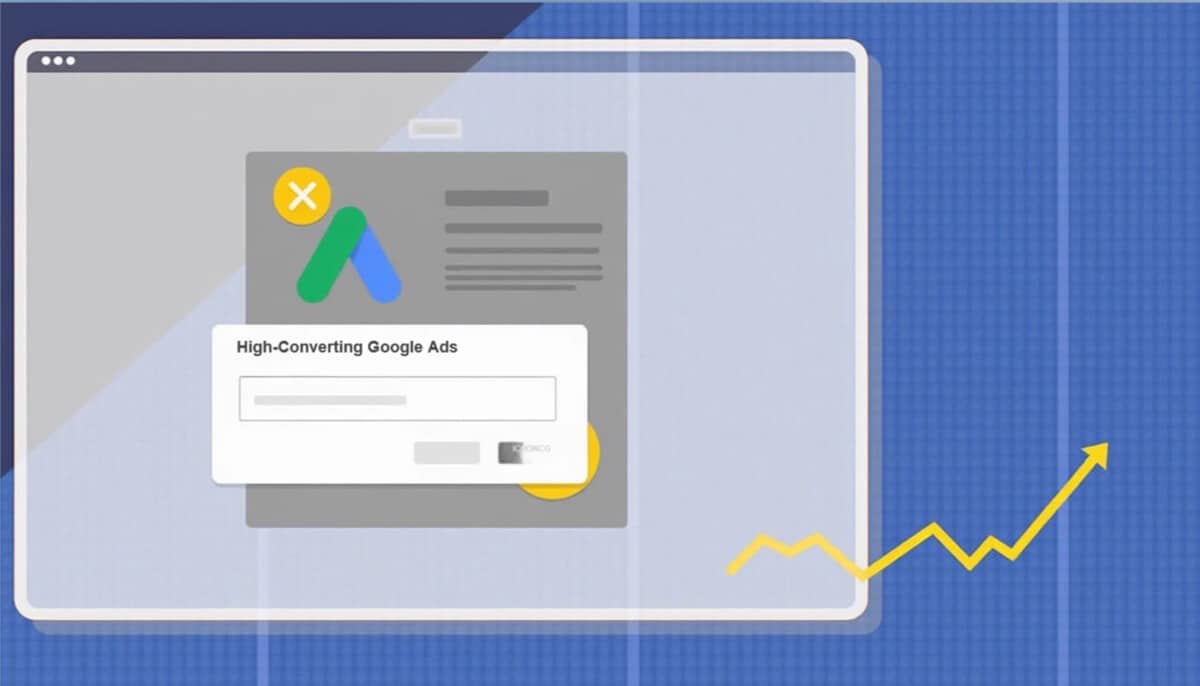Creating great Google Ads used to be a real grind. You’d brainstorm, tweak, and A/B test until your head spun. Now, large language models (LLMs) like Gemini can spit out polished ad variations in minutes. Faster, yes, but speed isn’t the same as accuracy. The real secret to success is the prompt you give the AI.
The Map for the Explorer
Think of the AI as a skilled explorer. Even a master needs a map, and a good prompt is that map. According to the experts, there are four essential building blocks you should always include to give the AI the direction it needs:
- Create the Persona: Tell the AI who it is and who you are. For example: “You are an experienced Direct-Response Copywriter; I am a Copywriting Specialist for a B2B SaaS company.” That framing instantly changes the phrasing, tone, and intent of the output.
- Define the Task: Be totally explicit: are you aiming for clicks, sign-ups, or pure awareness? Say so. If you want urgency, say urgent; if you want calm authority, say calm.
- Provide Context: Audience, product, and unique selling points (USPs) matter immensely. Without them, you get bland, generic lines that simply won’t convert.
- Specify the Format: Google Ads have tight, non-negotiable limits—headlines 30 characters, descriptions 90. Tell the AI these constraints up front, or you’ll waste time editing later.
These four elements make your prompt useful instead of noisy. Be precise, not vague, to get the best results immediately.
A Prompt That Works
A practical example pulls the pieces together into a robust structure. Start with the persona: “You are an experienced Direct-Response Copywriter.” Define the task by including the target audience, tone, keywords, and call to action (CTA). Provide product context and key benefits. Finish by specifying exact output: three ad variations, each with three headlines and two descriptions, and the character limits.
Now you’ve got output you can use, quickly. But remember: it’s a draft. You still need a human eye!
Go Deeper: Advanced Prompting Techniques
Once you’ve nailed the basics, you can push further to refine your results. These techniques help the AI adopt a specific style or build on previous ideas:
- The ‘Persona’ Prompt: You can direct the AI’s writing style by giving it a persona to adopt. This is key for brand consistency.
- Example: “Act as a high-energy, motivational fitness coach…”
- Example: “Write like a cool, tech-savvy early adopter…”
- The ‘Ladder’ Prompt (Iterative Refinement): Instead of aiming for perfect on the first try, refine your ideas step-by-step. Ask for several headline options, then take the strongest and request matching descriptions. This is a guided, step-by-step process.
- The ‘A/B Testing’ Prompt: Ask the AI to generate testable contrasts. You could request one version leaning on pain points and another on delights, allowing you to directly inform your campaign strategy.
- The ‘Example-Based’ Prompt (Few-Shot Prompting): If you have successful ads (or even styles you want to avoid), show them to the AI. Ask it to analyze the structure and tone of the examples, and then generate new variations for your product following that specific style.
The Power of Negative Constraints
Telling the AI what to do is just as important as telling it what not to do. These are called negative constraints, and they help you avoid generic or clichéd output:
- Avoid using all capital letters in the headlines.
- Do not include any numerical data unless specifically provided.
- Steer clear of phrases like “click here” or “learn how.”
The Final Human Touch
AI can boost creativity and scale production exponentially. It cannot, however, replace human judgment. Always review and edit the generated copy. Check facts, trim language, match the brand voice, and confirm those strict character counts. Simple edits make the outputs sing.
Want better ads? Start with better prompts. Tweak, iterate, and never skip that final polish.
Does schema boost AI Overview visibility? Learn more from this SEO experiment. And connect with us on Facebook, X (Twitter), or LinkedIn.
Sources:
- www.blog.google/products/workspace/google-gemini-workspace-ai-prompt-tips/
- www.cloud.google.com/vertex-ai/generative-ai/docs/learn/prompts/prompt-design-strategies
- www.searchengineland.com/google-ads-copywriting-with-ai-getting-the-prompt-right-462963



How Document Processing Is Quietly Transforming Finance, Healthcare, Legal & Logistics
How AI Transforms Document Processing: OCR, NLP & Deep Learning Explained